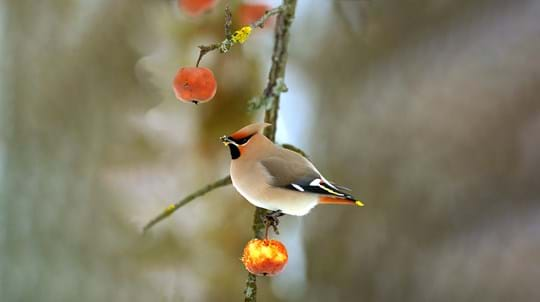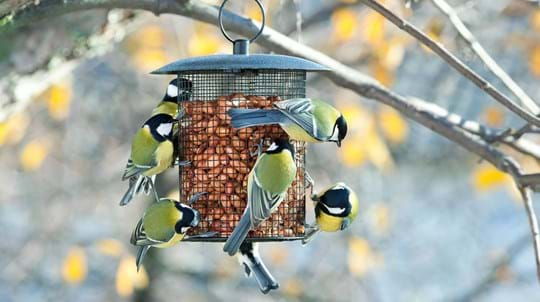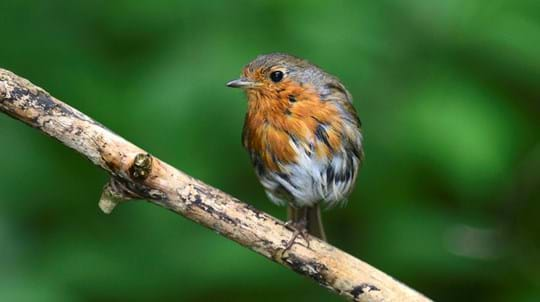
Credit: David Whitaker / Alamy Stock Photo
What do fieldfares eat?
Fieldfares are migratory, spending the winter in the UK before flying back to Scandinavia to breed in spring. While on our shores, their diet features large amounts of berries and fallen fruit. Hawthorn, holly, juniper and yew are among the trees that provide an important food source for these birds. In summer, the fieldfare’s diet switches towards insects and invertebrates.









